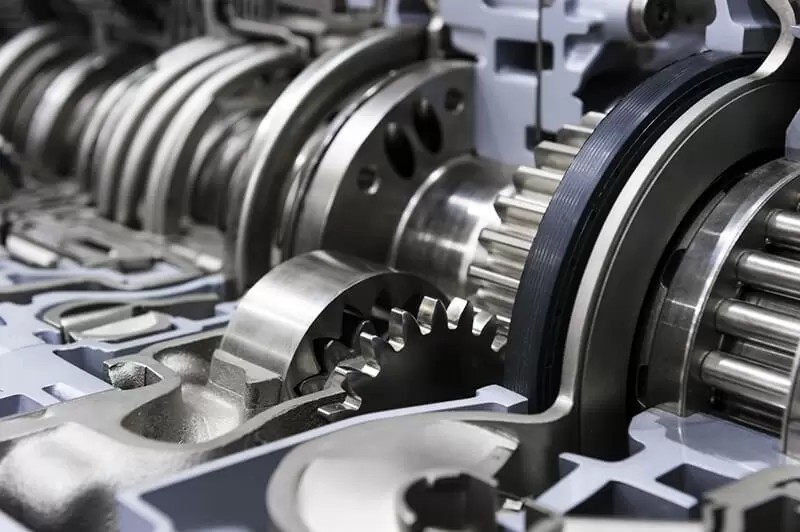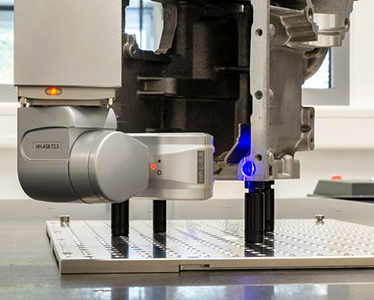What Are The Defects Of Free Forgings?
2023-10-27
Do you know what are the defects of free forgings? Maple machinery has extensive experience in forging. The defects of free forgings are oxidation, decarburisation, overheating, overburning and cracking.
Oxidation: The phenomenon of metal billets reacting with oxidising gases in the furnace to generate oxides when heated is called oxidation. Oxidation skin generation, not only cause metal burn, and reduce the forging surface quality and size accuracy. At Maple When the oxide skin pressed into the forging depth exceeds the machining allowance, can lead to forging scrap.
Decarburization: When heated metal billet surface carbon and oxygen and other media chemical reaction caused by the surface layer of carbon elements to reduce the phenomenon known as decarburization. Decarburisation can cause the surface layer hardness to drop and wear resistance to be reduced. If the thickness of the decarburized layer is less than the machining allowance, it will not cause harm to the forging; otherwise, it will affect the quality of the forging. Decarburisation can be slowed down by using rapid heating, by applying protective coatings to the surface layer of the billet, by heating in a neutral medium or in a reducing medium.
Overheating: Metal billets are heated at too high a temperature or held at high temperatures for too long causing a coarse grain size phenomenon called overheating. Overheating will make the billet plasticity decline, the mechanical properties of forgings reduced. For this reason, the heating temperature should be strictly controlled, as far as possible to shorten the high temperature stage of the insulation time to prevent overheating.
Overburning: Metal billet heating temperature exceeds the initial forging temperature too much, so that the grain boundary oxidation and melting phenomenon called overburning. After overburning, the strength of the material is seriously reduced, plasticity is very poor, a forging that is broken into scrap, is not salvageable. Therefore, to strictly implement the correct operating specifications.
Crack: Large forgings heating, if the furnace temperature is too high or heating speed is too fast, the heart of the forging and the surface temperature difference is too large, resulting in excessive internal stress, resulting in cracks. Therefore, when heating large forgings, to prevent the loading furnace temperature is too high and heating speed is too fast, generally should be used to prevent heat measures.
























































